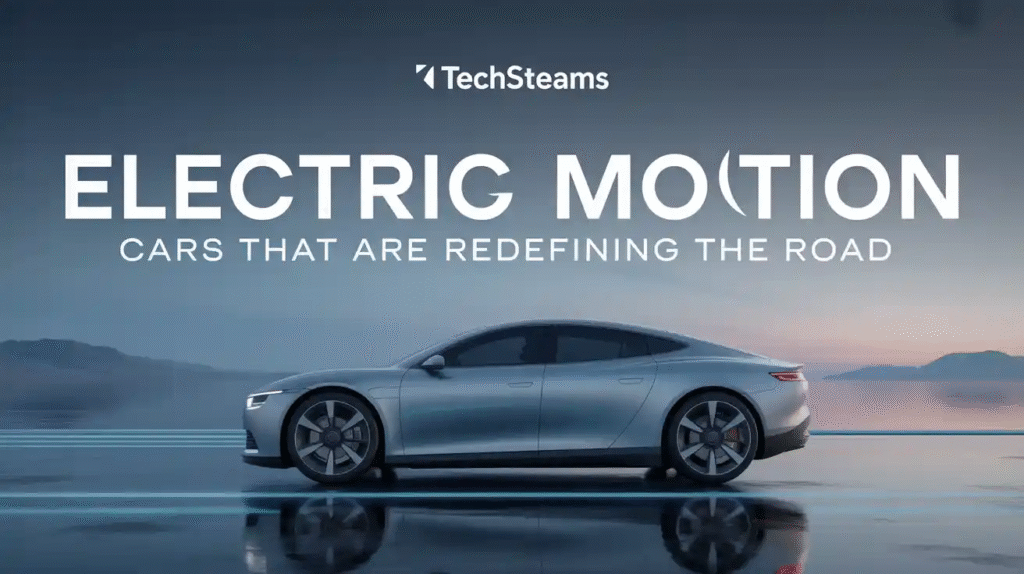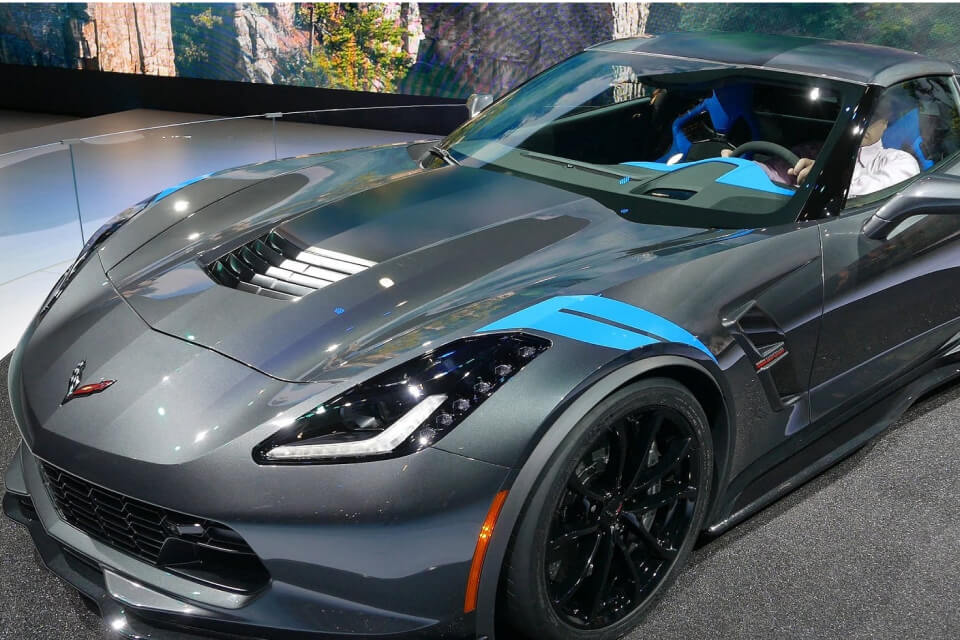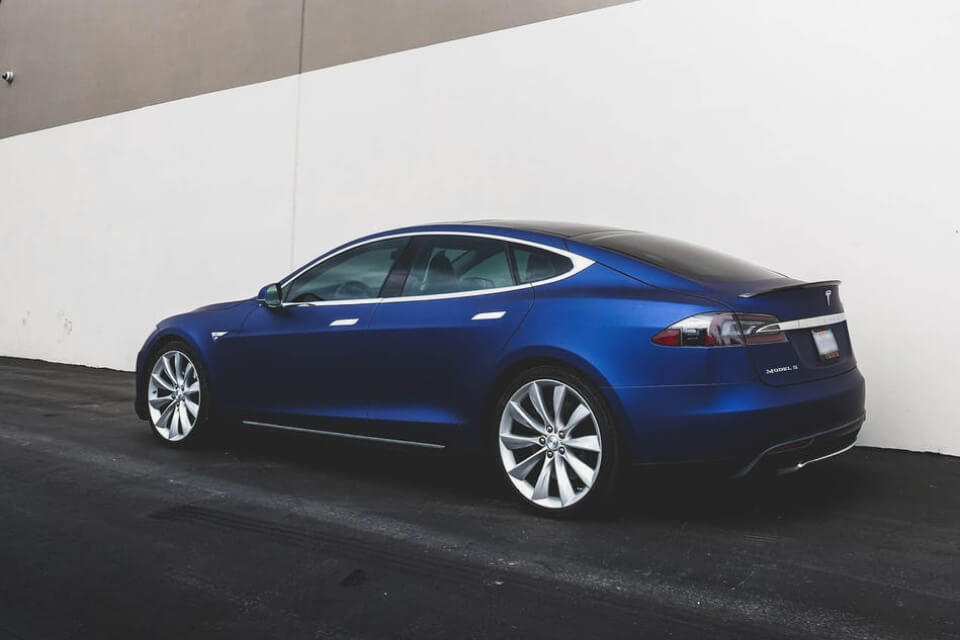There was a time when people used to think electric vehicles are some kind of fantasy or expensive toy. But look around now, electric cars are becoming the new normal. Streets in cities, highways, even countryside roads are starting to see them more and more. The shift is not only about transportation, its also about how we think about future, energy and technology. EV technology is no longer optional, it is turning into the backbone of sustainable mobility.
This blog will go deeper into how electric motion is changing the automotive world. From car electrification and battery advances, to autonomous driving systems and new models that promise smarter performance. If you still think electric cars are just about charging and driving quietly, you will realize it is much bigger than that.
The Rise of Electric Cars in Modern World
From Concept to Reality
In the 1990s, electric cars were considered slow, unattractive and impractical. Nobody imagine they could compete with traditional engines. But once companies like Tesla started experimenting with long-range EVs, everything changed. Now every major carmaker is investing billions in automotive innovation. It feels like we are living inside an industrial revolution again.
Consumer Awareness and Climate Change
The world is facing climate crisis, and people are more conscious about emissions and air quality. Governments pushing policies to reduce carbon footprint, cities banning old diesel cars, and customers asking for green alternatives. All these reasons made car electrification not only desirable but necessary. Electric cars are not just for tech fans anymore, families, commuters and even businesses are buying them.
Market Growth and Competition
Just a decade ago, there were few EV models. Now, dozens of brands are competing. From budget-friendly hatchbacks to luxury sedans and even heavy trucks, the market is exploding. This competition is also pushing prices down and technology up. Every new model brings more range, faster charging and smarter features. The race is just getting started.
EV Technology Driving Innovation
Battery Power and Range Anxiety
One of the biggest fears about electric cars was “range anxiety”. People worried about running out of charge in the middle of nowhere. But EV technology has improved fast. Modern batteries now offer 300 to 500 kilometers on a single charge. Some prototypes even crossing 1000 km. Solid-state batteries are under development and they promise faster charging and longer life.
Charging Infrastructure Expansion
Technology alone is not enough, you need infrastructure. Charging stations are spreading across cities, highways and workplaces. Fast charging hubs can power a car in less than 30 minutes. Governments and private companies are investing together, because without proper charging network, adoption slows down. The dream is to make charging as common and easy as refueling with petrol.
Integration With Smart Grids
Another exciting side of EVs is their connection with energy systems. Cars can now talk with smart grids, meaning they don’t only take electricity but can also send it back when needed. Imagine thousands of cars acting like mobile power banks for the city. This is sustainable mobility in action, where vehicles become part of a bigger energy ecosystem.
Autonomous Driving and Future Mobility
How Electric and Autonomy Connect
Many people ask, why are autonomous driving systems often linked with electric vehicles. The answer is simple: EVs are more suited for digital integration. They are already full of sensors, software and connectivity features. Adding self-driving tech becomes smoother compared to traditional cars. Electric motion and autonomy are like two sides of the same future.
Safety, Regulation and Challenges
Of course, self-driving cars are not perfect yet. Accidents and safety issues still raise doubts. Governments are still figuring out how to regulate autonomous vehicles. But the potential is massive. Imagine roads with fewer accidents, traffic optimized by AI, and people using travel time for work or rest instead of stressing behind the wheel.
Impact on Urban Life
Autonomous EVs can change how cities function. Public transport can become smarter with fleets of shared autonomous cars. Parking spaces could reduce, since vehicles can drive themselves away. Deliveries might become faster with driverless vans. Cities that once struggled with pollution and congestion may see cleaner air and smoother traffic.
Sustainable Mobility and Automotive Innovation
Green Manufacturing and Supply Chains
A true electric motion revolution is not only about what comes out of the car’s exhaust (or lack of exhaust). It is also about how cars are made. Automakers are working on green factories powered by renewable energy. They are also rethinking supply chains, especially for critical materials like lithium and cobalt. Sustainability must include production, not just usage.
Designing Cars for a Connected Future
Today’s electric cars are more than vehicles, they are smart devices on wheels. They connect with smartphones, apps and even homes. Some can update themselves overnight with new features through software. This level of automotive innovation is turning vehicles into digital platforms. For drivers, it means more comfort, personalization and control.
Global Impact and Opportunities
The rise of electric cars is not only about technology but also economics. Countries leading in car electrification will dominate future markets. Jobs are shifting from traditional auto parts to new battery plants and software companies. Emerging economies are seeing opportunities to skip old technologies and directly jump into electric and autonomous future.
The Road Ahead with Electric Motion
The story of electric cars is not just about transport. It is about future of energy, environment and society. With EV technology advancing, autonomous driving systems growing smarter, and sustainable mobility shaping policies, we are witnessing a complete transformation of how people and goods move.
Challenges remain. Batteries need to be cheaper, infrastructure must grow faster, and policies must support adoption. But the direction is clear. Electric motion is not a trend, it is the new foundation of the automotive industry.
For businesses, governments and drivers, the question is no longer “if” but “how fast”. The cars redefining the road today are not only changing industries, they are shaping the world we will live in tomorrow.




